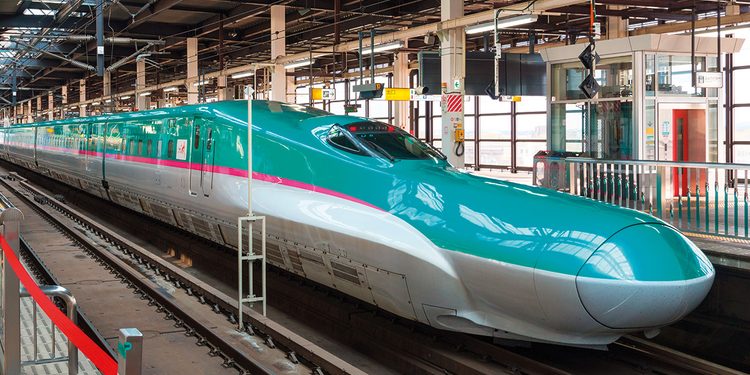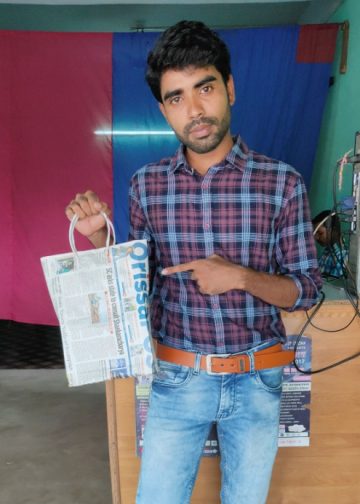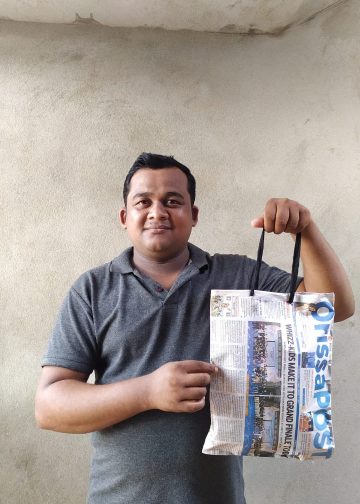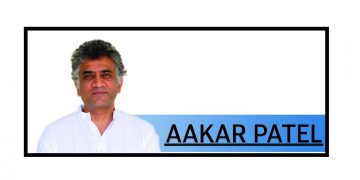Japan will donate two Shinkansen train sets — the E5 and E3 series — to India to support testing and inspection on the under-construction Mumbai-Ahmedabad high-speed rail corridor, according to a report by The Japan Times.
The trains are expected to arrive in India in early 2026. Once delivered, they will be fitted with inspection equipment and used to collect operational data, the report said.
The testing of these trains will also help Japan refine the design of the upcoming E10 Shinkansen model, which is expected to launch in the early 2030s.
What are E5 and E3?
The E5 series, developed by East Japan Railway (JR East), has been in service since 2011 and can reach speeds of up to 320 kilometers per hour. It was initially selected for India’s first bullet train project.
The E3 series, slightly older, is primarily used for mini-Shinkansen services and is known for its safety features and smooth travel.
Although India originally planned to use E5 trains for passenger service, project delays and cost overruns led to a revised strategy. The country has now opted for the more advanced E10 model, which can reach speeds of up to 400 kilometers per hour.
By using the E5 and E3 trains for testing and inspection, India will gain crucial experience with the technology prior to the E10’s implementation. Japan had previously donated a first-generation Shinkansen to Taiwan for its high-speed rail network.
PNN






































